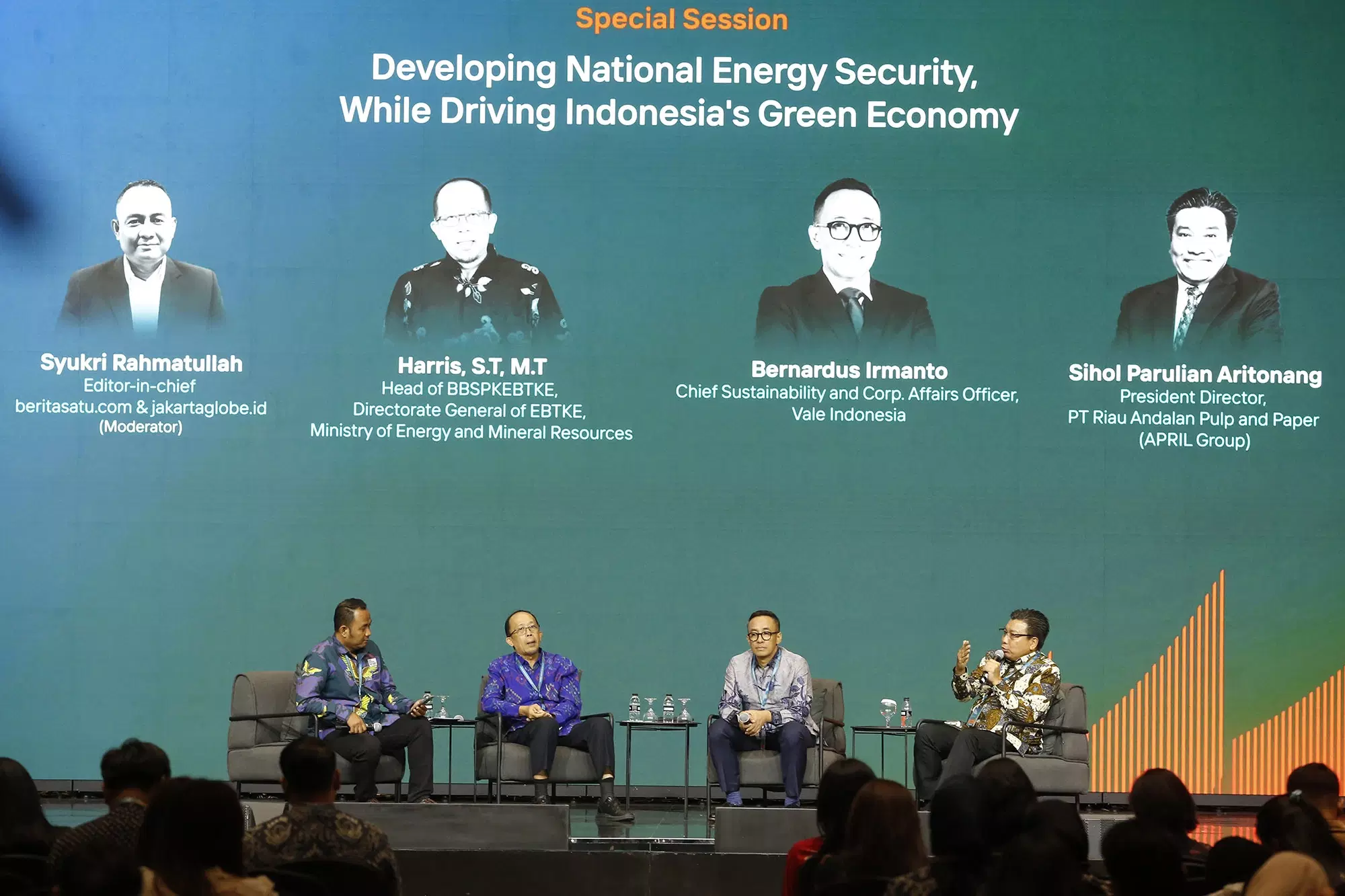Vale Indonesia Charts Future Prospects for Green Nickel Market
JAKARTA, RAKYAT NEWS – – Vale Indonesia Tbk (INCO) has projected the potential for green nickel in future markets. The company emphasized that it will take time for transactions to achieve significant liquidity on open markets like the London Metal Exchange (LME).
Bernardus Irmanto, Chief of Sustainability and Corporate Affairs at Vale, explained that while open market volumes may require time to stabilize, business-to-business (B2B) negotiations for green nickel sales can begin.
“For new projects, we can negotiate premiums for green nickel since we’ve been producing it sustainably,” he noted during an event in Central Jakarta.
Irmanto highlighted that many mining companies have proposed creating a dedicated index for green nickel on the LME.
However, the LME has raised concerns regarding the current liquidity of green nickel volumes entering such an index. Consequently, the LME has suggested utilizing the Metalshub platform as an alternative for trading green nickel.
Despite the current low volumes of green nickel, Irmanto reiterated that it will still be available for negotiation in B2B settings.
“Nickel is essential for electric vehicle batteries. If we’re producing green nickel, we should benefit from its value,” he stressed, emphasizing the importance for all industry players to capitalize on this opportunity.
Vale has integrated green energy into its operations, utilizing hydroelectric power with a total capacity of 365 megawatts. The company is also transitioning its Morowali project’s smelter to clean energy sources, including natural gas, as part of its commitment to sustainability.
In an early-year notice, the LME confirmed that the green nickel market is still too small to support its own futures contracts. The exchange indicated that there are ongoing debates regarding the definition of “green” in this context, reflecting broader market uncertainties.
Nonetheless, the LME remains receptive to industry calls for trading environmentally friendly metal sub-segments, particularly for nickel produced under sustainable practices. This openness underscores the industry’s shift towards more sustainable mining operations.
As the demand for electric vehicle batteries grows, the interest in sustainable nickel sources is likely to increase. This trend may drive more mining companies to explore green nickel production and enhance their market strategies accordingly.
Irmanto’s comments signal a broader trend in the mining sector towards sustainable practices, aligning with global efforts to reduce carbon emissions and environmental impact. The industry is adapting to new market demands while exploring innovative solutions for cleaner production.
The future of green nickel could hinge on effective collaboration among producers, buyers, and regulators to ensure transparency and sustainability in the supply chain. Stakeholders must work together to build a viable market that meets both environmental goals and economic needs.
While the path to a robust green nickel market may be gradual, the commitment from companies like Vale indicates a significant shift towards sustainable practices in the mining industry. This evolution will be crucial as the world moves towards greener technologies and energy sources. (Uki Ruknuddin)



























Tinggalkan Balasan